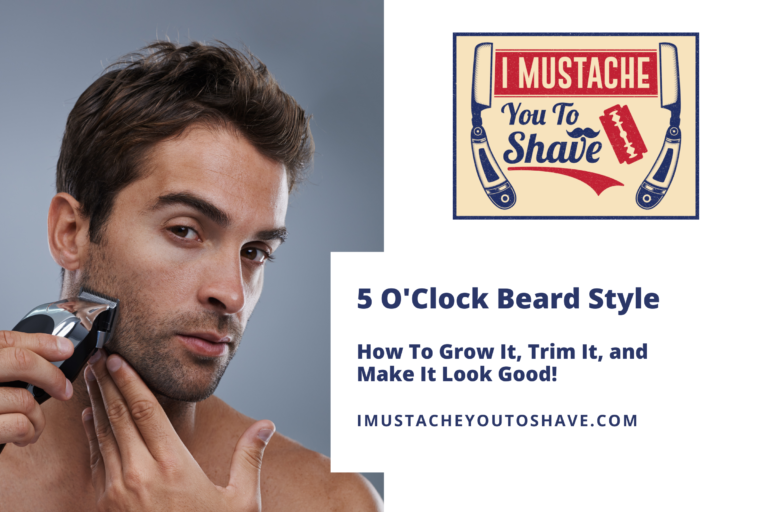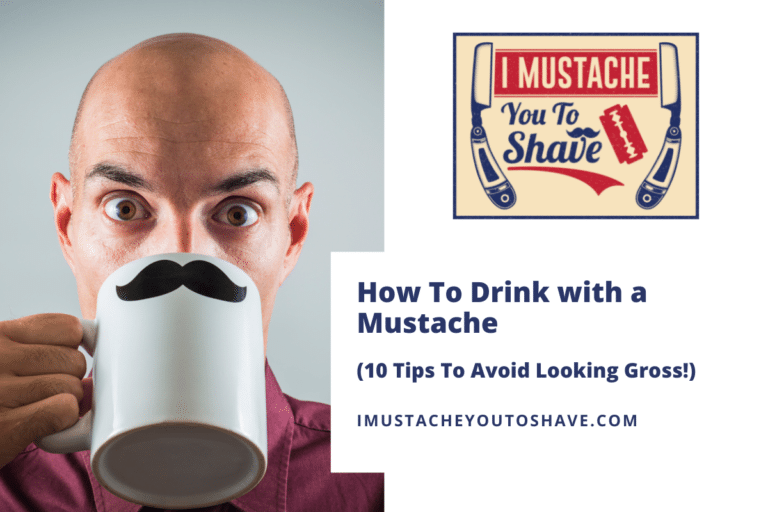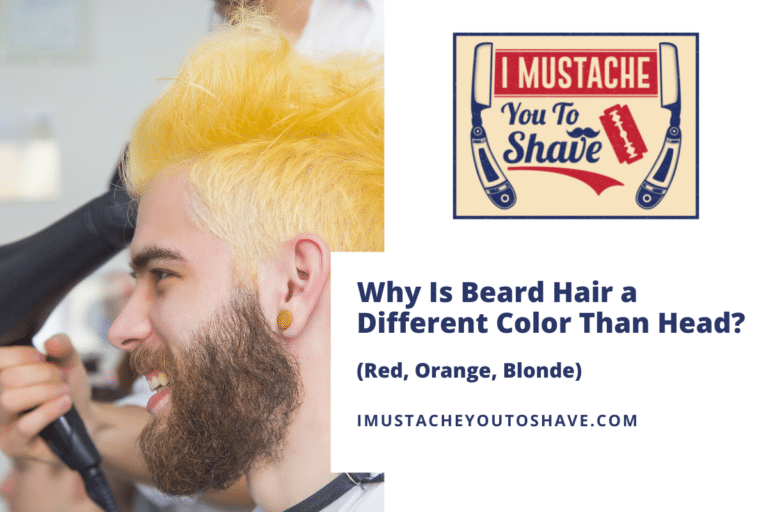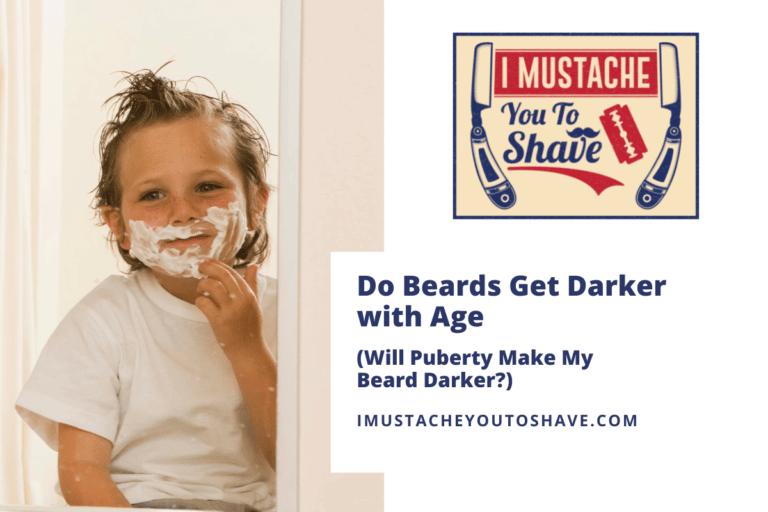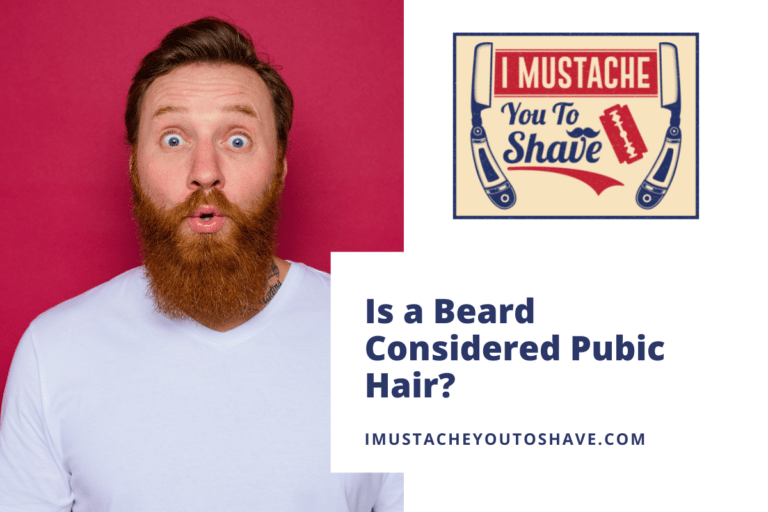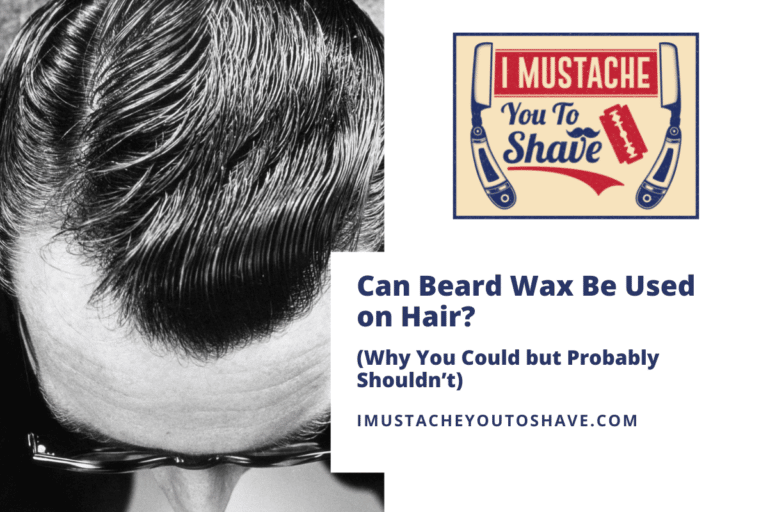Can A Beard Leave a Tan Line? (And How To Prevent It)
A sun-kissed glow is a great asset during the summer months, but what happens when you’ve played at the lake with a beard and decide to shave it off for a formal event? Sometimes you can be left with a visible tan line.
A beard can leave a tan line due to the sun’s ultraviolet rays penetrating through the sparse areas in your beard. Neck tan lines result from a long beard shading part of your neck, leading to a visible disparity of skin tones. Shaving off your beard can cause these hidden areas, once protected from the sun, to be exposed.
Read on if you’re wondering how to prevent weird beard tan lines on your face and neck!
What causes a beard tan line?
If you’re new to a whiskered summer, tan lines are one of the things you need to watch out for.
A beard tan line is caused by a difference in UV exposure between different areas in your face. Protected areas, such as a bearded chin, will remain pale while exposed skin will get darker. However, patchy spots in your beard can get more sun, causing the skin underneath to tan. If you decide to shave, the color difference will be visible.
Americans tend to associate tanned skin with a healthy glow, but that can’t be further from the truth. When we are exposed to the sun’s UV rays, our skin cells are damaged.
We’ve all applied sunscreen containing a sun protection factor (SPF) to prevent burns and damage to the skin. You’ve probably even purchased a rash guard shirt with an ultraviolet protection factor (UPF) to add an extra barrier to the sun’s harmful rays.
Tanning is the skin’s natural way to avoid further skin damage by increasing our melanin, a skin pigment that absorbs these harmful UV rays. Tan lines are simply the line of demarcation between protected skin and unprotected skin.
Facial hair offers some protection from the sun, but probably not enough. A 2012 study published in the Radiation Protection Dosimetry Journal concluded that facial hair could offer some sun protection, but it wasn’t very high. Depending on the type of facial hair, the range of UPF protection was 2 to 21. In comparison, clothing must have a minimum UPF of 30 to be labeled sun protective.
The Skin Cancer Foundation considers UPF of 30-49 excellent protection, while UPF 50 and higher is excellent. Based on these numbers, facial hair can be lacking in the sun protection department. That’s why you may see tan lines even if you have a beard.
Individuals prone to beard tan lines
Some people tan easily, while some burn and peel. Different skin types lead to different reactions to the sun’s rays.
Individuals with fair skin are more prone to beard tan lines. Men with thick, patchy, or long beards are also more prone to a two-toned effect when exposed to the sun.
- Fair-skinned guys
- Guys with thick beards
- Guys with patchy beards
- Guys with long beards
Fair-skinned guys
Fair-skinned guys are prone to beard tan lines simply because any color difference is noticeable. A day in the sun can result in burned skin in the nose and cheek area. If this guy shaved, the chin area covered by facial hair would probably be stark white compared to the sun-damaged areas.
In contrast, darker-skinned guys already have a base of color underneath their whiskers.
Guys with thick beards
Thicker beards give better sun protection. The fuller and thicker the hair, the more it covers bare skin. In the above-referenced journal study, thick facial hair offered the highest UPF protection.
Now imagine this guy shaves off his beard. If he’s been in the sun and the rest of his face has a bronze glow, there will be a big contrast.
Guys with patchy beards
Fair-skinned and thickly bearded guys will generally have to shave off their beards to reveal tan lines. Guys with patchy beards might have to deal with noticeable tan lines even if they don’t shave. The sun’s rays are extremely powerful. These rays can penetrate thin, patchy, close-cropped hair with prolonged time in direct sunlight.
Thicker areas will be more protected. This variation in hair volume can cause some areas to tan, leaving others pale.
Guys with long beards
Guys with long beards can also be susceptible to tan lines, especially in the neck area. Think about it. You’re relaxing in your beach chair, mug facing the sun. Your long beard hits mid-chest.
If you don’t think about moving it out of the way periodically, your neck and part of your chest could be as white as Gulf Coast sand, while the rest of your body resembles that bottle of Guinness you’re drinking.
Can you get a tan through stubble?
Light stubble. Heavy stubble. Do these beard styles offer any sun protection? Maybe a little, but not much.
You can get a tan through stubble since the hair is short and the skin is exposed. The length of your stubble will determine how much of a tan you can achieve.
On the UPF scale, stubble provides only minimal protection. Sunscreen should be applied to prevent a burn.
Preventing beard tan lines

If you fall into the above categories, there are ways to navigate sun exposure with your beard while lessening the appearance of tan lines.
The best ways to prevent beard tan lines are to use sunscreen, exfoliate, apply self-tanner, and be aware of beard placement.
- Use sunscreen
- Exfoliate skin
- Apply self-tanner or bronzer
- Be aware of beard placement
Use sunscreen
One of the best ways to prevent delicate facial skin and tan lines is to use sunscreen. A facial moisturizer with SPF is a great choice. Apply on your bare skin as well as underneath your whiskers.
Exfoliate skin
Regular exfoliation removes dead skin cells. As long as your skin isn’t burned, exfoliation can possibly even out skin tones by removing the top layer of skin. It also stimulates hair follicles and prevents clogged pores, promoting healthy facial hair growth.
Apply self-tanner or bronzer
If you notice your face is multi-colored, break out the self-tanner. This is an easy way to achieve a bronze glow where and when needed, but it can take a few hours or overnight to develop color. In a hurry? Steal some of your wife’s bronzer. Brush it onto the lighter areas for a quick, temporary fix.
Be aware of beard placement
If you have a long beard, be aware of its placement in direct sunlight. Adjust where the hair hangs so it doesn’t shade your neck or chest for a prolonged period.
Too late? Apply some self-tanner to the lighter areas.
Fun Fact: If you are prone to beard tan lines, your daily commute and office placement can affect your skin. The sun’s UVA rays can penetrate car windows, putting one side of your body at risk for a burn or tan. Even your office windows can allow enough sun to tan your skin. This can lead to strange tan lines over the course of a few days.
How long does it take for a tan line to go away?
Fun in the sun happened. Mistakes were made. What do you do now? Patience, my friend. Tan lines will eventually go away on their own as long as you don’t repeat sun exposure.
How long it takes for tan lines to go away is dependent on factors like age and UV sun exposure. Tan lines can gradually fade within 7-10 days, provided there’s no additional sun exposure within that time. Complete cell turnover can take from 28 to 72 days, depending on your age.
UVB rays damage the outer layer of skin, while UVA can do more serious damage. Cell turnover must happen where the old skin cells are shed, revealing new skin to eliminate the discoloration. A person’s age is the primary determiner of how fast this process happens. The older you are, the slower the turnover.
Retinols can speed up the skin cell turnover rate when used consistently over time. However, they make your skin ultra-sensitive to sunlight and more susceptible to burns.


